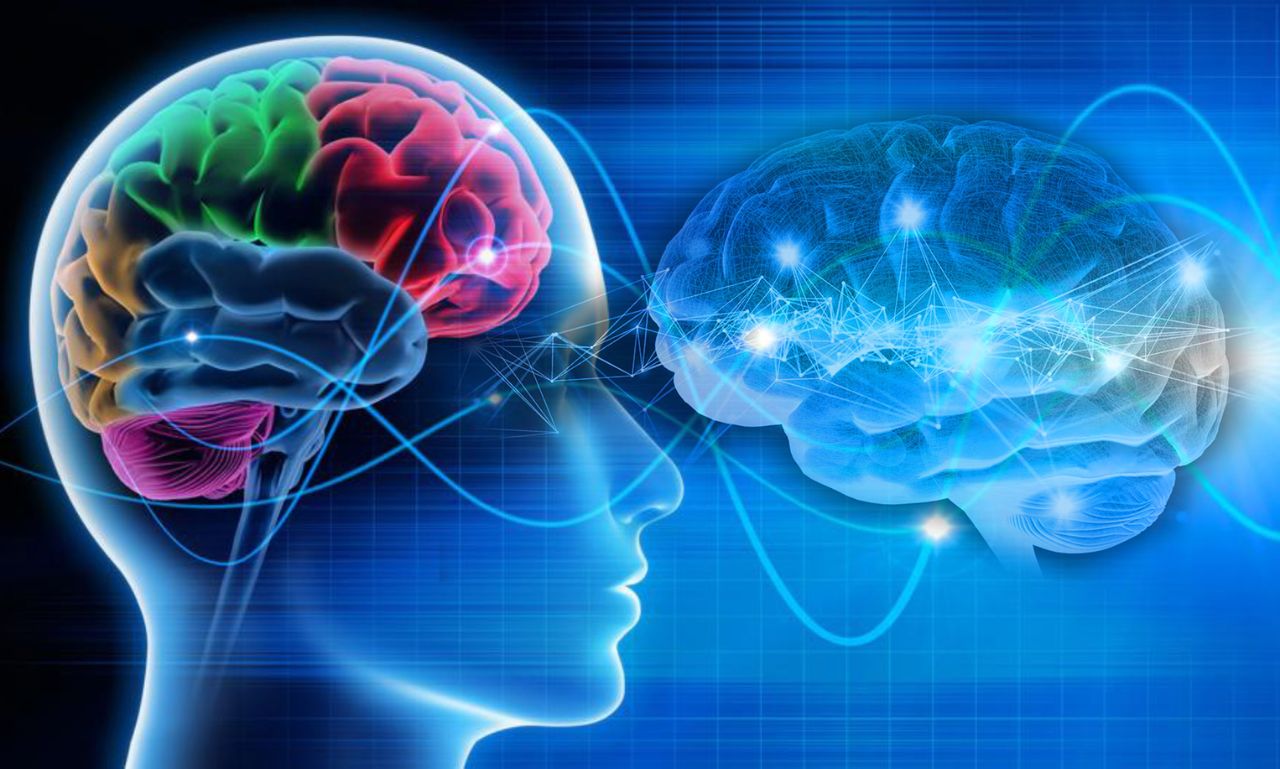Unlock the power of multidimensional thinking to enhance problem-solving, creativity, and decision-making. Discover strategies to expand your mind beyond limits.
In a period where intricacy and quick change characterize our reality, the capacity to think elaborately has turned into an essential expertise. Multidimensional thinking, or the ability to consider and examine different points of view at the same time, offers significant advantages for self-improvement, critical thinking, and advancement. This article investigates the quintessence of Multidimensional thinking, its applications, and commonsense procedures to improve this mental ability.
Figuring out Multidimensional Thinking
Multidimensional thinking goes past customary direct or unidimensional manners of thinking. It includes the capacity to move toward issues and thoughts from different points and viewpoints, coordinating assorted snippets of data to frame a far reaching understanding. This approach is urgent in exploring the intricacies of present day life, where circumstances frequently include interconnected factors that impact results.
- The Underpinnings of Multidimensional Thinking: At its center, it is tied in with perceiving and embracing intricacy. Not at all like direct thinking, which follows a clear, bit by bit approach, multidimensional speculation recognizes that issues are seldom high contrast. All things considered, they exist inside a range of potential outcomes, each impacted by different variables.
- Mental Adaptability and Adaptability: It is firmly connected to mental adaptability — the capacity to adjust one’s thinking and conduct because of evolving conditions. This adaptability empowers people to move viewpoints, rethink presumptions, and investigate new arrangements. It encourages flexibility in critical thinking, considering imaginative and powerful methodologies.
- The Role of Point of View Taking: Point of view taking is a basic part of thinking. By taking into account the perspectives of others, people can acquire a more profound comprehension of intricate issues. This training improves one’s own point of view as well as advances compassion and coordinated effort in different conditions.
/https://tf-cmsv2-smithsonianmag-media.s3.amazonaws.com/filer/da/6a/da6a32c8-5ad5-4921-9900-41943d7d7c8e/42-29421947.jpg)
The Advantages of Multidimensional Thinking
- Improved Critical Thinking Abilities: Multidimensional thinking furnishes people with a more extensive tool compartment for critical thinking. By examining issues from different points, one can uncover stowed-away factors and produce more intelligent fixes. This approach is especially significant in fields requiring navigation, like business, design, and science.
- Further developed Choice Making: At the point when people utilize thinking, they are better prepared to pursue informed choices. By taking into account numerous elements and expected results, they can gauge the upsides and downsides all the more. This all-encompassing methodology lessens the probability of ignoring basic subtleties and works on the general nature of navigation.
- Expanded Imagination and Innovation: Imagination blossoms with the capacity to interface divergent thoughts and ideas. Multidimensional thinking cultivates inventiveness by empowering people to investigate flighty arrangements and incorporate assorted perspectives. This capacity to consider new ideas is fundamental for development, driving advancement in different areas.
- Better Relational Relationships: In private and expert connections, multidimensional speculation upgrades correspondence and understanding. By valuing alternate points of view, people can explore clashes all the more successfully and assemble more grounded, more cooperative connections. This approach cultivates a more comprehensive and sympathetic climate.
Viable Methodologies for Creating Multidimensional Thinking
- Embrace Interest and Open-Mindedness: Developing multidimensional thinking beginnings with an outlook of interest and liberality. Move toward novel thoughts and encounters with a readiness to learn and investigate. Get clarification on pressing issues, look for assorted suppositions, and stay open to various perspectives.
- Take part in Intelligent Practice: Intelligent practice includes consistently analyzing your own points of view and suspicions. Consider what your points of view may be meant by private inclinations or restricted encounters. Take part in self-reflection to distinguish regions where thinking can be applied.
- Extend Your Insight Base: A wide information base gives an establishment to multidimensional thinking. Seek after learning open doors in different fields and trains. Openness to different subjects and perspectives advances your comprehension and improves your capacity to break down issues.
- Practice Point of View Taking: Purposely practice point of view taking by thinking about how others could see what is going on. Participate in discussions with individuals from various foundations and disciplines. This training assists with widening your point of view and fosters a more nuanced comprehension of different issues.
- Use Inventive Critical Thinking Techniques: Integrate inventive critical thinking methods into your methodology. Procedures, for example, conceptualizing, mind planning, and situation arranging can assist you with investigating numerous features of an issue. These strategies energize thinking from various points and create different arrangements.
- Work together with Assorted Teams: Working with people from assorted foundations and ability levels can improve multidimensional thinking. Team up with individuals who offer alternate points of view and abilities that would be useful. This variety of thought cultivates a more extravagant, more complete way to deal with critical thinking and development.
- Foster Decisive Thinking Skills: Decisive thinking includes examining and assessing data equitably. By improving your decisive thinking abilities, you can more readily survey the legitimacy of alternate points of view and coordinate them into a multidimensional comprehension. Work on addressing suspicions, assessing proof, and taking into account elective perspectives.
- Influence Innovation and Tools: Use innovation and devices that help multidimensional thinking. Programming for information perception, displaying, and reproduction can assist you with dissecting frameworks and situations. Investigate advanced stages that work with cooperation and data sharing to upgrade your capacity to think about various viewpoints.

Utilizations of Multidimensional Thinking
- In Business and Leadership: In the business world, multidimensional thinking is important for vital preparation and navigation. Pioneers who embrace this approach can explore market intricacies, expect patterns, and drive development. By taking into account different factors, for example, market elements, client needs, and cutthroat scenes, they can foster more compelling procedures.
- In Training and Learning: Multidimensional thinking improves the growth opportunity by empowering understudies to investigate subjects from different points. Instructors who consolidate this approach can cultivate a more profound comprehension of perplexing subjects and advance decisive thinking abilities. This strategy plans understudies for genuine difficulties that require a viewpoint.
- In Logical Research: In logical examination, multidimensional thinking is fundamental for handling issues and making momentous disclosures. Analysts frequently need to coordinate information from different sources, think about numerous theories, and investigate assorted approaches. This approach upgrades the quality and effect of logical requests.
- In Private Development: On an individual level, multidimensional speculation upholds personal development and development. By thinking about different parts of your life, like connections, vocation objectives, and individual qualities, you can pursue more educated choices and put forth significant objectives. This all-encompassing way to deal with self-awareness encourages a fair and satisfying life.

Beating Difficulties in Multidimensional Thinking
- Overseeing Mental Overload: One test of multidimensional thinking is overseeing mental over-burden. With various points of view and factors to consider, it tends to be overpowering to process and coordinate all the data. To defeat this test, focus on key variables, separate issues into reasonable parts, and use devices to sort out and investigate data.
- Keeping away from Investigation Paralysis: Examination loss of motion happens when people become overpowered by the intricacy of an issue and battle to simply decide. To stay away from this, lay out clear goals, set cutoff times, and use dynamic structures to direct your investigation. Center around significant bits of knowledge and try not to get stalled by unnecessary subtleties.
- Exploring Clashing Perspectives: Multidimensional thinking includes coordinating assorted points of view, which can at times prompt clashing perspectives. Foster abilities in compromise and discussion to valuably address conflicts. Underscore shared objectives and track down ways of fitting alternate points of view to accomplish a fair arrangement.
- Adjusting Profundity and Breadth: Finding some kind of harmony among the profundity and expansiveness of information is fundamental for compelling thinking. While it is vital to have an expansive comprehension of different themes, it is likewise critical to dig profoundly into explicit areas of interest. Focus on regions that line up with your objectives and interests while keeping an overall consciousness of other important fields.
Conclusion:
Multidimensional thinking addresses a strong way to deal with exploring the intricacies of our reality. By extending our brains past direct manners of thinking and embracing different points of view, we open additional opportunities for critical thinking, inventiveness, and self-awareness. Developing this ability includes encouraging interest, rehearsing point of view taking, and utilizing different procedures and apparatuses. As we confront difficulties and open doors, multidimensional thinking will stay a critical resource in extending our brains and making progress in different spaces of life.
FAQs:
- What is Multidimensional Thinking?
It is the capacity to examine and comprehend issues according to numerous viewpoints at the same time, taking into account different elements and perspectives to frame a thorough comprehension.
- For what reason is thinking important?
It improves critical thinking, navigation, and imagination by permitting people to think about assorted viewpoints and expected arrangements, prompting more inventive and successful results.
- How might I create thinking?
You can foster it by rehearsing interest, participating in intelligent work, growing your insight base, rehearsing point of view taking, and teaming up with different groups.
- What are a few useful procedures for applying thinking?
Utilize imaginative critical thinking methods, influence innovation and devices, participate in context-taking, and work with people from different foundations to coordinate different perspectives.
- What difficulties could emerge with thinking?
Challenges incorporate overseeing mental over-burden, keeping away from investigation loss of motion, exploring clashing viewpoints, and offsetting profundity with broadness of information.

